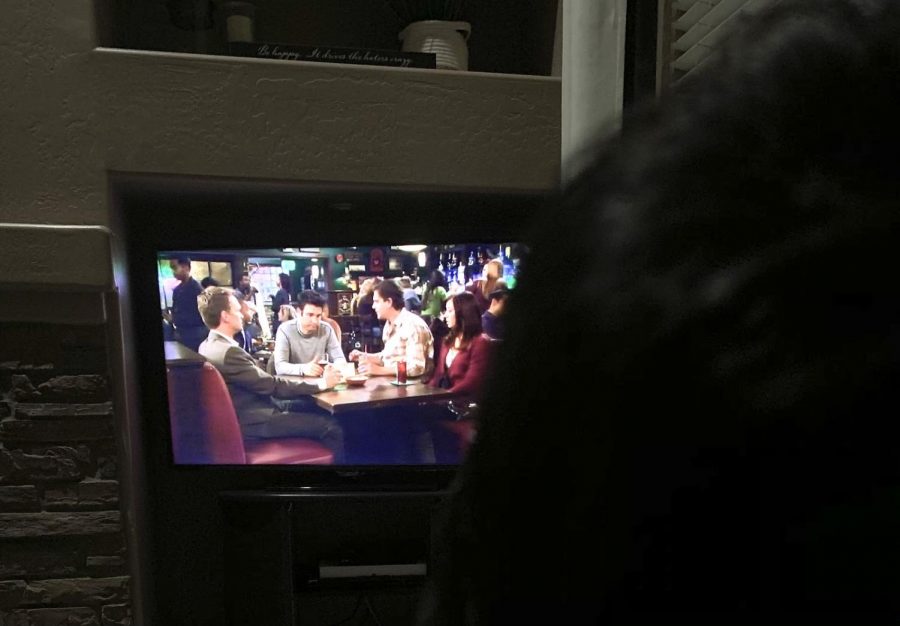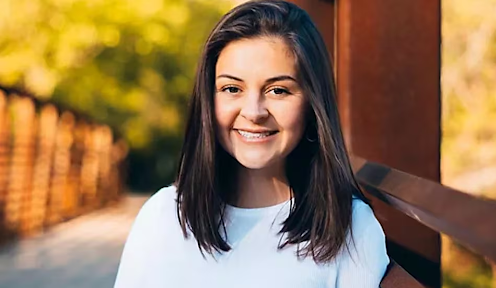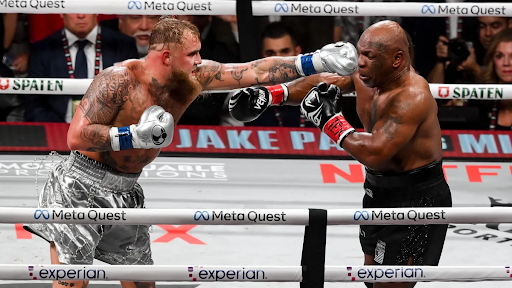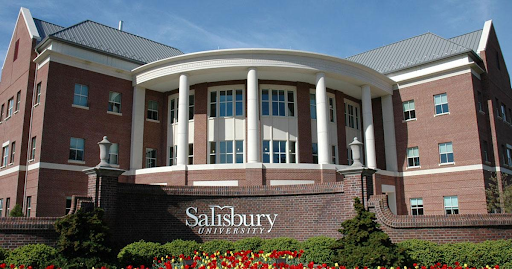The Laugh Track, Genius or a Mockery?
The laughing track has been a part of our lives, being one of the most popular features on sitcoms and comedy shows. But why was it added, was it really effective, and why did some shows choose not to use it?
Shows like “Friends” use the laugh track religiously.
October 30, 2020
According to BBC, the laugh track was originally used after the sound engineers of live shows noticed the negative effects of the spontaneous laughter by their live audience. Another use was when previously live shows went to being pre-recorded, in order the laughing could stay.
The laugh track soon spread throughout the shows, where it was effective in inducing the viewers to think of it as funny themselves. Some popular shows that had used it included “Seinfield,” “Friends,” “Cheers,” “Frasier,” “The Big Bang Theory,” and “That ‘70s Show.” The list goes on and on, because of the idea’s popularity. The entire mindset of using one is to get the audience to feel as if laughing is normal for that scene. Not only that, but laughter is contagious, and could get the audience to laugh more.
Although the laugh track was an immediate success, it didn’t mean that was where it would stay. Comedies would begin to change, and so would our mindset of comedy. Shows like “The Office” would embrace the awkward, using the silence to magnify it even more. With the new sort of comedy that wouldn’t use it growing, the laugh track would be left behind as a comedic rarity.
Even though that was one of the major reasons for its downfall, the laugh track had another problem. Ever since its creation, some had their problems with the feature, saying that it showed desperation for laughter, basically telling them to laugh. While the opinion was originally scarce, the idea grew, and soon became a huge reason to get rid of the laugh track. By the time the laugh track had become nearly obsolete, the belief was held by the masses, delivering another blow to an already outdated concept. Another reason why it stopped being used was because of the unrealistic need for quiet. During every segment of laughter, there would need to be absolute silence and no talking. Talking just sounds wrong, because it is. The complete silence can ruin your immersion.
In the end, the laugh track has both its ups and downs, but ultimately, it mostly comes down to the type of comedy the show is trying to have. The laughing track wouldn’t work for the awkward shows like “The Good Place,” “Community,” and “Parks and Recreation.” While the laughing track could work for a show, it doesn’t mean it should be in it. When incorporating it in a show today, you take a gamble. It could make the people laugh and enjoy the show more, or immediately give them the impression that the show has to do it to get any laughs at all.
The state of the laugh track is forever changing, with its future still uncertain. Although in its current state it is just a shell of its former glory.









